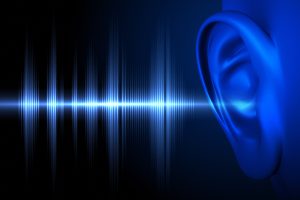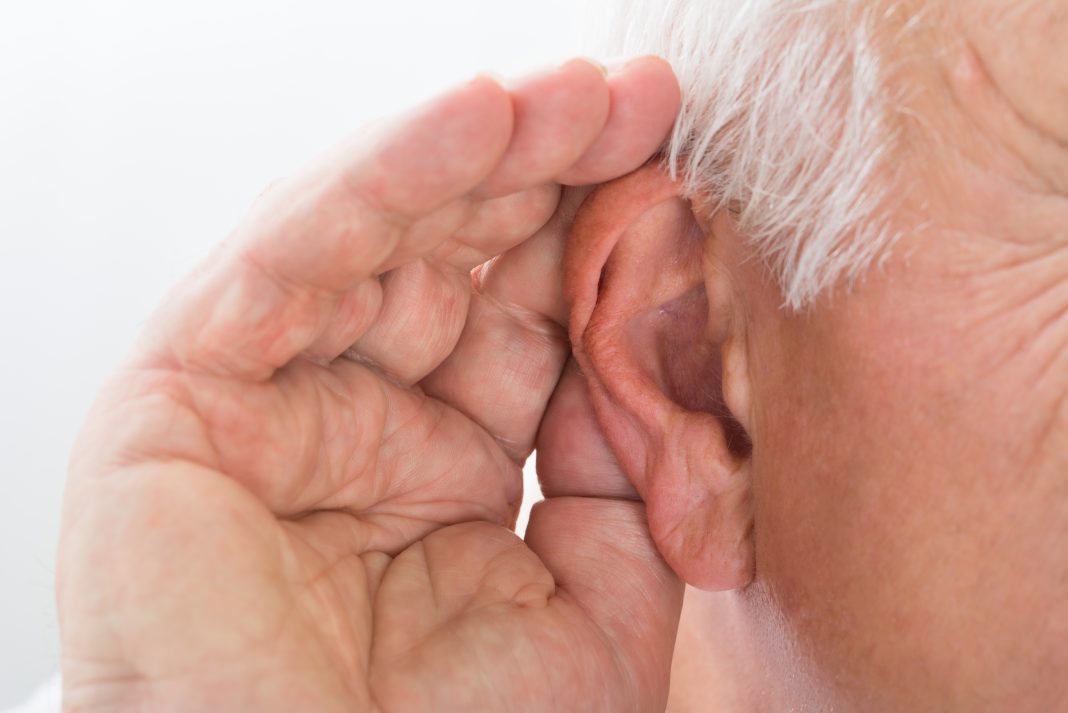Frequency Therapeutics bases its scientific approach to treating disorders on harnessing the body’s own biological repair mechanisms to repair or reverse the damage caused by degenerative diseases, including hearing loss. Overstimulation of the cochlear hair cell receptors by noise or chemical exposure, or other insults, leads to their apoptosis.
Several non-mammalian species, such as birds and reptiles, are able to spontaneously regenerate these hair cells after damage by the asymmetric division of progenitor stem cells, to form a hair cell and replace the original progenitor. “The system is there, it can be turned on in other species, and we also have it,” says Chris Loose, PhD, co-founder and CSO.
Insight into turning on the cochlear progenitor cells came from research conducted in the labs of Robert S. Langer, ScD, at MIT and Jeffrey Karp, PhD, at Harvard Medical School, who extensively characterized a similar progenitor cell type in intestinal crypts that constantly undergoes asymmetric cell divisions in response to environmental signals. “Once they knew the signal, they developed a way to target the progenitor cells with small molecules and on demand reactivate the system in dormant cochlear cells,” explains Loose.
The search for therapeutics that can turn on asymmetric cell divisions of cochlear hair cell progenitors led to the development of FX-322, a combination of a GSK-3 inhibitor that activates the Wnt signaling pathway and sodium valproate, a histone deacetylase inhibitor. “The combination of the two showed profound synergy and led to marked cochlear progenitor activation,” Loose continues.
A major advantage of this small-molecule approach is that it only transiently activates progenitor stem cells, causing them to undergo a single cell division. “As opposed to gene editing or gene therapy, where the genome is changed, we only use the cell’s native programs and temporarily turn them on for one cell cycle,” says Loose.
Drug discovery and development in the hearing loss space have been severely hindered by the inability to deliver therapeutics to the mammalian cochlea, and this was compounded by the difficulty in quantitating drug levels in the inner ear.
“We overcame this challenge by collaborating with a leading cochlear implant clinic in Germany to test our drug-delivery technology using their ability to collect fluid samples,” notes Carl LeBel, PhD, chief development officer. FX-322, the lead product at Frequency Therapeutics, can be administered via a simple intratympanic injection, a procedure that is safe and has been used historically to deliver other therapeutics such as antibiotics and steroids. “We found that most of the drug is at the base of the cochlea, which is where high frequency sound is detected, and this also the site that is most often and the earliest affected by hearing loss,” points out Loose.

Historically, hearing has been assessed using audiograms, which map the audible threshold for the different frequencies that a person can detect. “A far more relevant aspect is to determine how well a person can understand a signal,” says Kevin Franck, PhD, senior VP for strategic marketing and new product planning at Frequency. This is important because the ability to understand speech is the determining factor that affects a person’s personal and professional lives. Therefore, one of the critical aspects of the hearing endpoints in clinical trials conducted at Frequency Therapeutics is the emphasis not simply on what a person can hear but, rather, on what they can understand.
Statistically significant improvements in hearing function
Scientists at the company were the first to demonstrate that therapeutic concentrations of FX-322 in the human cochlea are associated with statistically significant improvements in hearing function. These clinical trials administered the therapeutic to one ear, while the other ear in the same participant was used as a control and measured the percentage of participants that exceeded an absolute 10% improvement in speech perception, which is the cutoff value where a change is considered to be clinically meaningful.
This threshold value represents five words in a 50-item word list that is routinely used for audiology testing. An analysis of all the single-dose studies pooled together, which comprised 71 participants treated with FX-322, revealed an over 14% improvement in the threshold for speech perception. These studies documented improvements that exceeded the threshold set for the study, and several participants experienced a 20% and even a 40% increase in the number of words they were able to discern.
“That is not just clinically but also statistically significant,” says Franck. At the same confidence level, the untreated and placebo ear showed only an approximately 2% improvement above the statistically significant threshold. Across two placebo-controlled, multicenter randomized clinical trials conducted by Frequency Therapeutics, a Phase I/II and a Phase IB study that enrolled subjects with mild to moderately severe hearing impairment, 33–34% of the participants achieved at least a 10% absolute improvement in word recognition in the treated ear, a clinically and statistically significant result.
“We saw improvement in speech perception only in the ear that was treated, and this gave us confidence that the effect was real, and we need larger trials that demonstrate efficacy,” according to Carl LeBel. In some subjects with permanent sensorineural heating loss, the improvement in speech perception was sustained for over two years.
“At the highest level, what makes Frequency Therapeutics different is that we have positive clinical data on multiple well-designed clinical trials, two of which are placebo controlled and double blinded,” maintains LeBel.
More recently, Frequency Therapeutics started a new Phase II, prospective, multicenter placebo controlled double blinded clinical trial. “FX-322-208 is also powered with speech perception as the primary endpoint but it has several important features built into it,” notes Franck. To enroll in this clinical trial, potential participants have to complete three visits during a lead-in period that assesses the consistency of measures from visit to visit. Subjects with noise-induced or sensorineural hearing loss, mostly in the moderate to low-severe range, are randomized into the FX-322 or the placebo arm. FX-322-208 has 62 participants per arm and started dosing participants in October 2021.
“Our learnings in the clinic feed back into how we think about our earlier work and also help us in how we expand to another asset that we will bring into the clinic very soon,” continues LeBel. In parallel with FX-322, Frequency Therapeutics scientists are advancing FX-345, which combines sodium valproate with a more potent GSK3 inhibitor, and are also applying the proof-of-concept behind this technology to develop therapies for multiple sclerosis by modulating a different progenitor cell and a different cellular target.
In multiple sclerosis, the autoimmune attack on myelin overwhelms the ability of the central nervous system to remyelinate axons, an activity that depends on the function of oligodendrocyte precursor cells. In a mouse model of multiple sclerosis, a therapeutic developed at Frequency, FREQ-162, administered in a single dose, outperformed several other compounds, as shown by the formation of myelin basic protein.
“We think that this approach has huge potential to many degenerative diseases,” says Loose.



